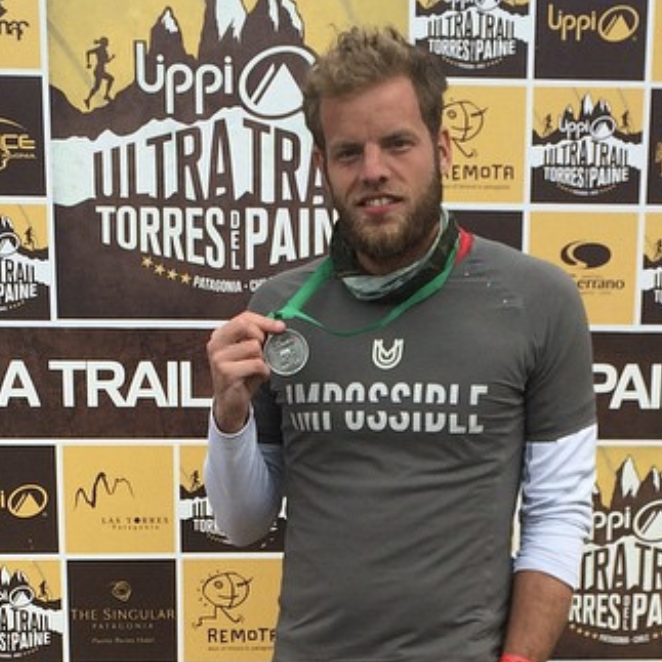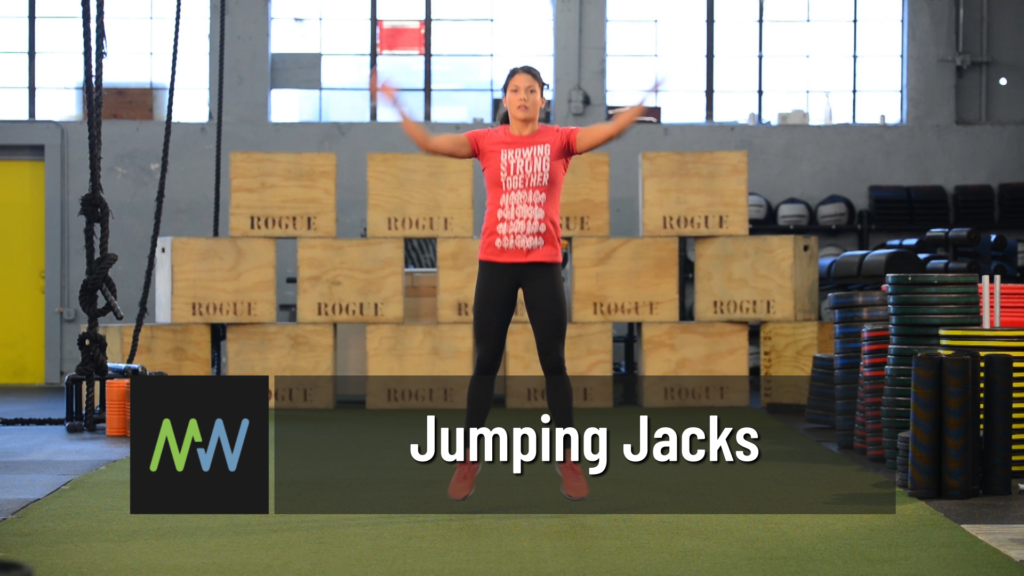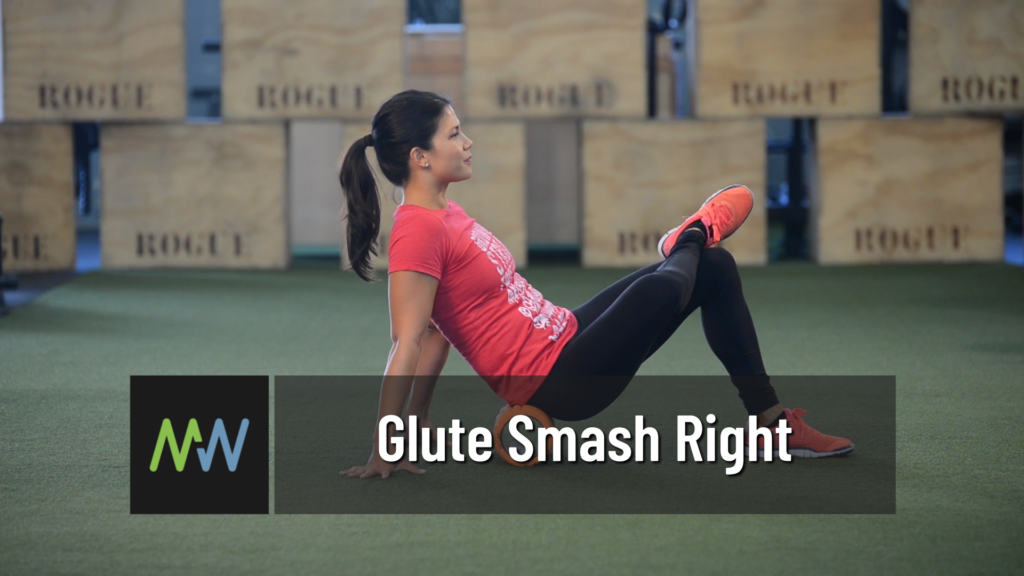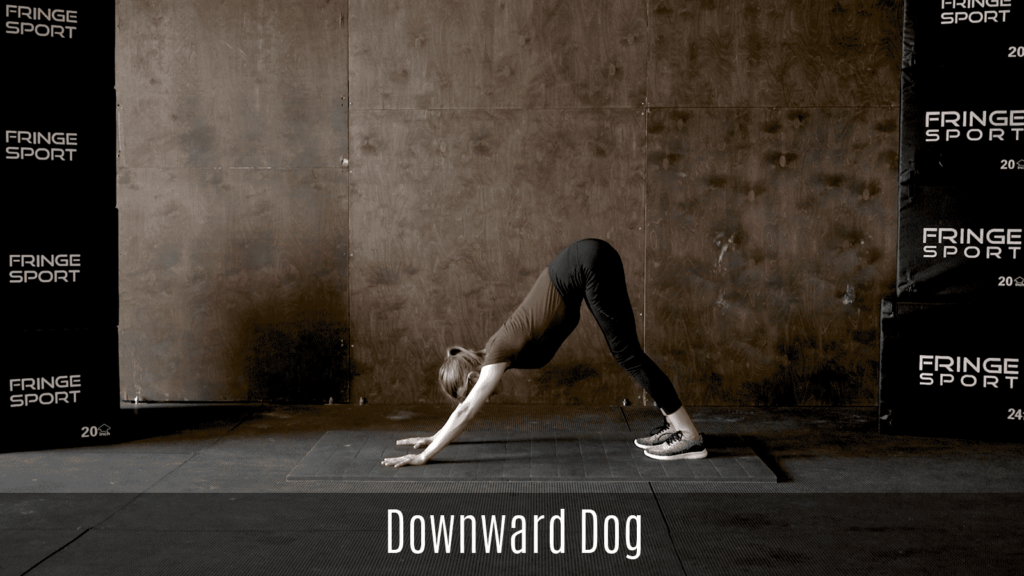We’re all most likely familiar with the popular yoga pose called Downward Dog, but have you heard of its counter pose? If not, allow me to introduce you to it. It’s called Upward Dog – or Up Dog or Upward Facing Dog – and it is a stretch that can be done to increase flexibility and range of motion in both the front and back body.
The Upward Facing Dog is a classic, fundamental yoga pose. However, you don’t need to be a yoga practitioner to experience its benefits. This pose will give key areas of your body an excellent stretch that everyone from athletes to long-distance runners to desk workers can enjoy. And many who engage in strength training, especially exercises that strain the lower back, also find it to be a great way to wind down after a workout.
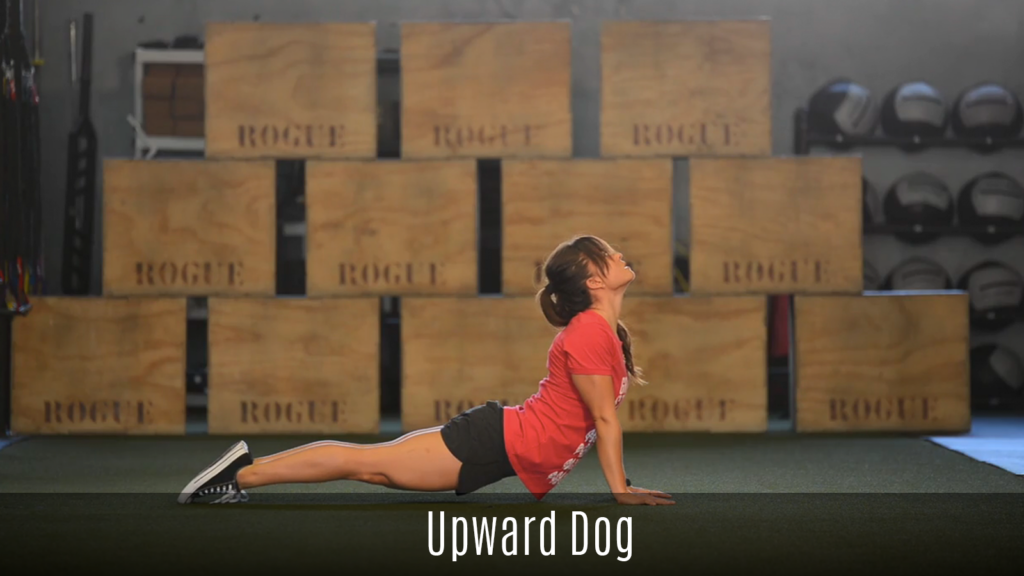
What is Upward Dog?
At its core, the Upward Facing Dog is a backbend that helps stretch the lower back as well as opening the chest, shoulders, abdominal muscles, and arms. Most commonly, this stretch is done as part of a greater vinyasa flow in a yoga practice. But it can also be utilized outside of a traditional flow if you want to target these specific areas of the body.
To perform the Upward Dog, you’ll need some free space on the floor. It may be helpful to find a padded surface, like a carpeted area or yoga mat, to do this movement, but that’s not completely necessary. Start by lying on your stomach on the floor. Place your hands under your shoulders and fully extend your legs behind you with the tops of your feet pressed firmly into the floor.
From this position, use your hands to push yourself up and raise your chest, hip points, and legs off of the floor. At this point, your arms should be fully extended. Lastly, look up towards the ceiling or the sky to stretch through the front of the neck. You should feel a big stretch in both your front body, specifically the chest and core, and your lower back.
Hold this position for a set amount of time taking slow and controlled deep breaths in through your nose. When complete, slowly lower yourself back towards the floor. We recommend starting with 10-15 seconds to start, especially if this is an intense stretch for you. You can build up to holding for at least 30 seconds, or even more, if you feel like it is what your body needs. If at any point you feel pain, discontinue the stretch immediately.
Benefits of the Upward Dog
By using your arms to lift the majority of your torso off of the floor it will strengthen both the spine, arms, and wrists. Your lifted chest and the backwards bent angle of your lower back will help to improve your posture as well as lengthen your spine.
The position will also stretch out the chest muscles, shoulders, and abdomen. This is a great one to do for people who sit hunched over a computer or desk all day long. The backbend shape – and resulting chest stretch – helps to counteract that hunch and open up the chest and collarbone area.
This stretch may even help with sciatica pain. Although we do recommend consulting with your chiropractor, physical therapist, or personal healthcare professional if you do suffer from sciatica to determine the best stretches and course of action for you and your condition.
As with all stretches, the simple act can be preventative against injuries. Especially with the Upward Dog pose, it also stretches out the front of the thighs and the hip flexor muscles which helps to decrease the risk of a pulled hamstring or quadricep.
But since it is such a fundamental and commonly used pose, it is important that your form is 100% on point. Some key mistakes are hunching your shoulders up into your neck, keeping your pelvis and thighs against the floor, and resting the weight of your legs on the points of your toes. Follow the directions below to make sure you’re getting the most out of this stretch.
Modifications for Upward Dog
In the yoga community, the upward dog pose is considered a more advanced movement. That being said, care should be taken when performing this stretch for the first time. Move slowly into the stretch and feel it out as you go. If the upward dog pose is too intense for your ability level, there are ways to modify it to meet you where you are at.
The first way to modify this stretch is by doing the Cobra pose instead. Cobra is a similar movement pattern as upward dog, but does not go as deep into the backbend. This allows you to feel out a similar shape without pushing too far into it.
Another modification for this pose is to place a folded towel or blanket beneath your legs for extra support. This support will help relieve pressure from your low back, but will also allow you to practice finding the shape of the upward dog pose.
How to perform an Upward Dog
Find a comfortable area of floor or mat to lie on.
Lie face down on the ground with your legs completely extended, the tops of your toes pressed against the floor and your palms flat and on either side of your chest just beneath your shoulders.
Now look up towards the ceiling, and using your palms press against the floor to raise first your chest, pelvis, and thighs off of the mat.
Your weight should now be supported only on your hands and the tops of your toes. You should feel a good stretch in your lower back and some healthy muscle burn in your shoulders.
Hold this position for a good 20-30 seconds and slowly breathe in and out.
To return, gently relax your abdomen and lower yourself back down to lie with your chest flat on the floor again.
